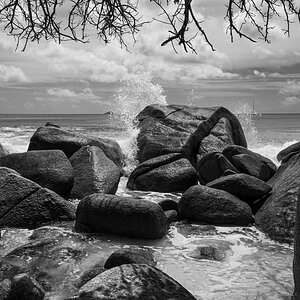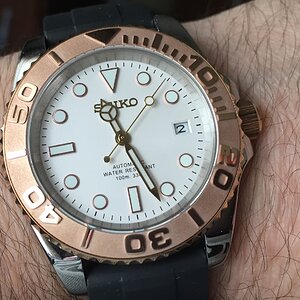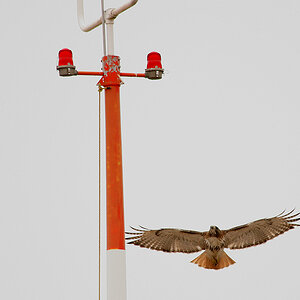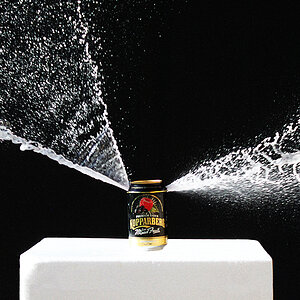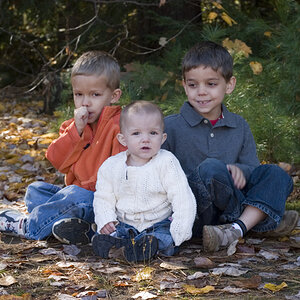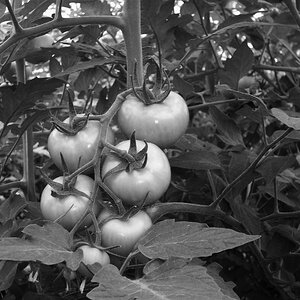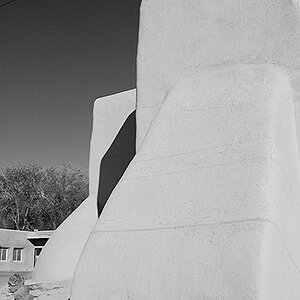Derrel
Mr. Rain Cloud
- Joined
- Jul 23, 2009
- Messages
- 48,225
- Reaction score
- 18,941
- Location
- USA
- Website
- www.pbase.com
- Can others edit my Photos
- Photos OK to edit
HERE is a link to the Bessa 667 (switchable between 6x6 or 6x7 cm images) folding medium format rollfilm camera. There have been many other cameras like this before from various manufacturers. Now THIS kind of a camera might actually be useful with the 44x33 type "medium format" sensor. The lens on this kind of a camera need not be all that fancy...and it avoids the need for an all-new lens mount AND at the same time, it keeps the actual lens size and weight very,very low. This design also has a very retro appeal, which I think many would like. If you've ever owned a folder (I have) you also know how EASY one is to carry in the field! A folder like this is also a VERY simple mechanism. Voigtlander Bessa III Rangefinder Folding Camera Black AA667M



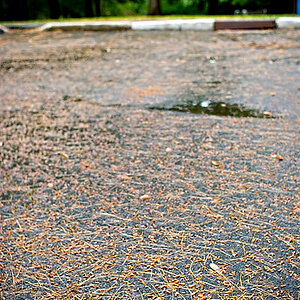

![[No title]](/data/xfmg/thumbnail/39/39291-a89dc472765e04f66f617dd9acc8030d.jpg?1619738958)
